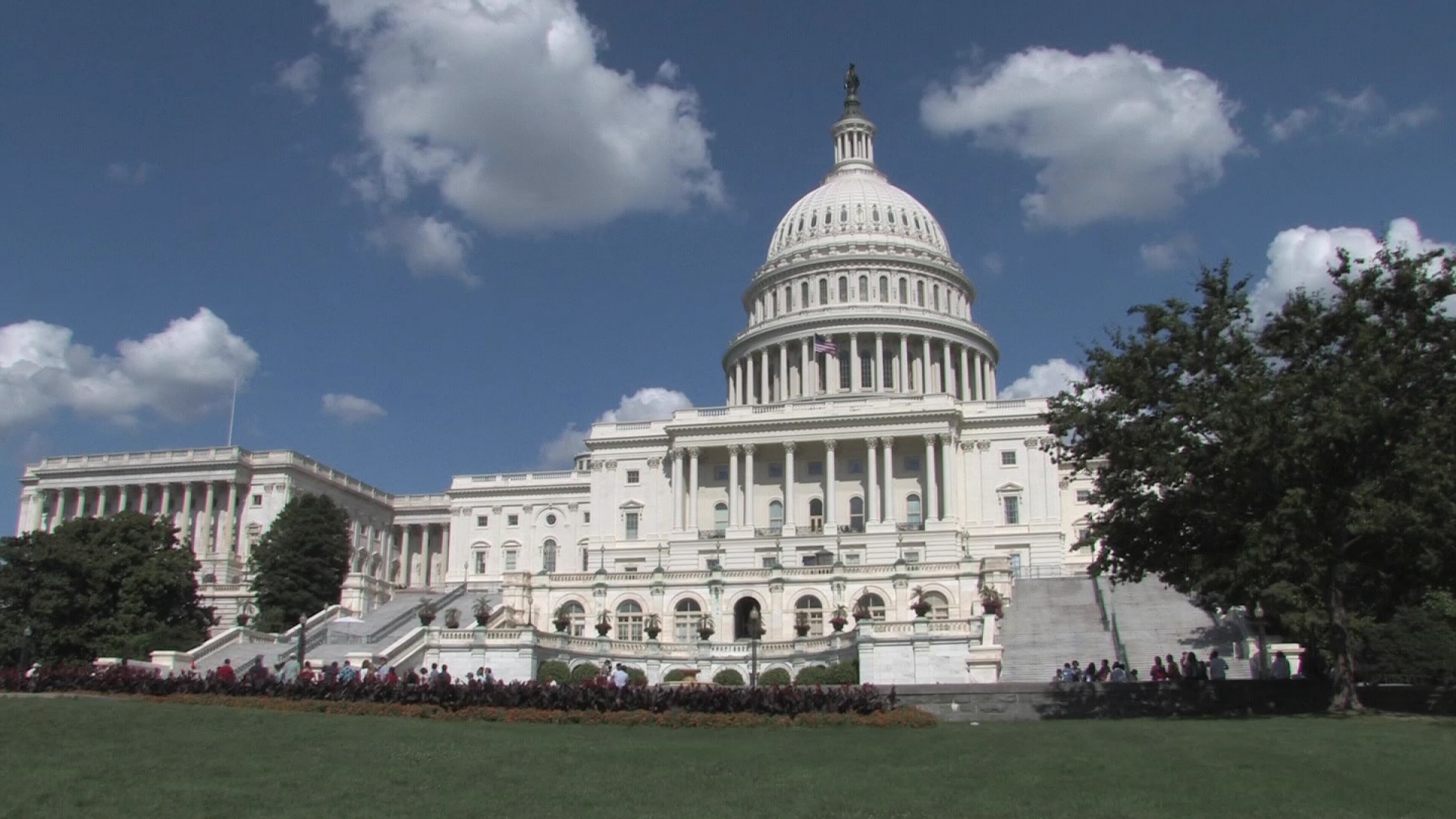
June 20, 2014
by Haley Sinklair
A recent report released by the Heritage Foundation explores how Congress can eliminate government waste by improving and consolidating programs, thereby saving taxpayer dollars.
However, adopting the necessary changes to eliminate government waste is frequently stalled due to the current budget process and special interest groups influencing legislation that maintains and expands wasteful spending.
In an attempt to address this issue, the Government Accountability Office (GAO), an independent government agency that analyzes how federal money is spent, provides Congress and the Administration areas and actions for improvement of federal programs. However, only 19% of the report has been fully addressed by Congress and the Administration since its first annual report in 2011.
Because the GAO report is frequently ignored, Heritage proposed the creation of a Government Waste Commission, modeled after the successful Base Realignment and Closure (BRAC) commission. The BRAC was created after the Cold War to close obsolete military bases around the world in order to reassess military activities to fund other missions or decrease the deficit.
The proposed Government Waste Commission would consist of four components:
- An independent bipartisan commission: Members would be nongovernmental, bipartisan experts chosen by both parties in both chambers, and by the President.
- Examination of all domestic agencies and programs: No federal programs should be exempt from review.
- Clear and concise criteria: Create a specified list with qualitative and quantitative measures should be used in assessing programs.
- Expedited legislative action: The recommendations may not incur any amendments by Congress and would need to be adopted as a package by Congress through an up or down vote (President’s veto and Congressional override still apply).
The GAO’s annual report recommends action be taken in order to reduce, eliminate, or better manage fragmentation, overlap, and duplication of programs and their goals in order to achieve costs savings or enhance revenue.
In their first three annual reports from 2011-2013, opportunities to reduce, eliminate, or better manage fragmentation, overlap or duplication; achieve cost savings; or enhance revenue were presented in 162 areas. The GAO also identified about 380 actions that both branches could take to improve programs and save taxpayer dollars.
One suggestion includes the elimination of the overlap of 117,000 individuals simultaneously receiving disability and unemployment benefits, which could save between $3.4 billion and $5.4 billion over a ten-year period.
An online website called Action Tracker has also been created by the GAO for the public to access Congress or the Administration’s progress in addressing their annual report recommendations. Interested individuals can choose from an index of categories, such as social services, and then click on a program within that category to view its progress. The program is then assigned a progress status, its proposed action, and any legislative action that has taken place.